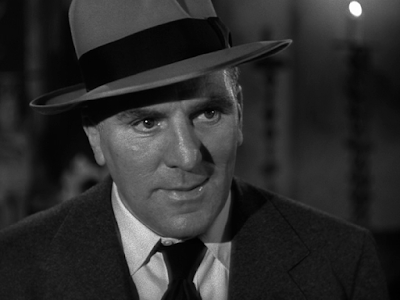The dead-eyed, insincere smile found on the cover of this recently published biography of Louella Parsons prevented me from picking this book up for several weeks. I knew I would find its subject offensive but finally I took the plunge.
The history of the role of public relations in the film industry is fascinating and this bio is a decent primer on its origins, focusing on one of its most successful early practitioners: Louella Parsons. After dabbling in newspaper writing in her hometown of Dixon, Illinois, Parsons worked at Essanay Studios, sorting script scenarios submitted by amateurs. When Essanay's finances started to wobble (in the middle teens), she searched for work elsewhere and ultimately became attached to William Randolph Hearst's publishing empire. She was essentially a Hearst employee, protegee, informant, supporter, etc. her entire life. Parsons happily agreed to monitor the activities of Marion Davies, Hearst's actress mistress and Parsons's close friend, for a stipend one summer. This technique of befriending younger, more beautiful and more talented people only to later use private information against them, became Parsons's most effective approach and allowed her to dole out tidbits in her movie columns for decades to a receptive mass audience eager to feel more intimately connected to the personalities they regularly viewed onscreen.
Barbas maintains that Parsons was an excellent reporter on par with any male colleague, hunting down information at all hours, personally paying informants and eliciting information by employing a variety of tricks (including an oldie but a goodie: playing dumb!). Barbas's assertion that Parsons's work was evidence of early feminism was difficult for me to accept because of the moral complexity of Parsons' activities. Is publishing gossip an act of feminism? Is obtaining friendship and invitations to all the best parties through extortion feminism? Is a subterfuge of lies about one's identity an act of feminism? Was Parsons, a divorcee who carried on a public romance with a married politician, a woman who had an army of staff but depicted herself as "just folks" -- all evidence that she espoused to her readers certain female values without abiding by them herself -- a feminist? "Despite the affable front that Louella presented in her column and to her acquaintances," Barbas writes, "she earned the reputation among her co-workers as being off-putting." Of course this statement sounds quite similar to accusations leveled at Martha Stewart: the successful business woman being chastised for "unwomanly" (competitive or aggressive) behaviour that is essential to success in business - something that no men would ever have to face. Without delving into what constitutes a feminist, I'll ask readers to consider perhaps the best-remembered result of Parsons's writing: the decision to ruin Ingrid Bergman's American career in 1950 by revealing that Bergman had a son out of wedlock. "While Bergman's career was devastated, Louella's revived," Barbas succinctly concludes.
Some of the best writing in this biography come from Barbas's research on the reach and power of the Hearst newspapers and in fact portions of this book are just as enlightening about Hearst and the evolution of journalistic writing (from the "story journalism" and "sob sister" writing of the 1920s to the later insistence on the cold, hard facts) as they are about Parsons. Barbas's writing style is laudably sober despite the appalling actions of her subjects. Barbas ably disassembles the myth of Parsons having won her position with the Hearst papers, for example, by having witnessed the murder of Thomas Ince by Hearst. In examining these well-known tales about Parsons, Barbas often returns to Parsons's own autobiography to demonstrate her subject's incredible re-telling of her own life story to suit and protect her interests, much of which is blasted as pure hoke. Similarly, Barbas often states the truth while also alluding to a great deal more as in the instance where she indicates the profession of Parsons's third husband: Hollywood abortionist.
A judgmental person, I had to conclude that Parsons's career constituted pure bottom-feeding. She had no ability to act herself (and was remarkably wooden in her few onscreen cameos), she had no apparent knowledge of any of the technical aspects of movie-making (although she did, while at Essanay Studios, write a handbook on script writing). Transmitting the tiniest scraps on impending divorces and affairs - this was her livelihood! How incredible to me - yet what an idiot I must be considering we are still today inundated with celebrity gossip, having only witnessed the expansion of the industry. Obviously the industry can't survive without it. We can only thank heavens Parsons was less politically motivated and not a salivating, rabid Commie-hater. For this, I'll have to track down a biography of Parsons's greatest rival, Hedda Hopper!














